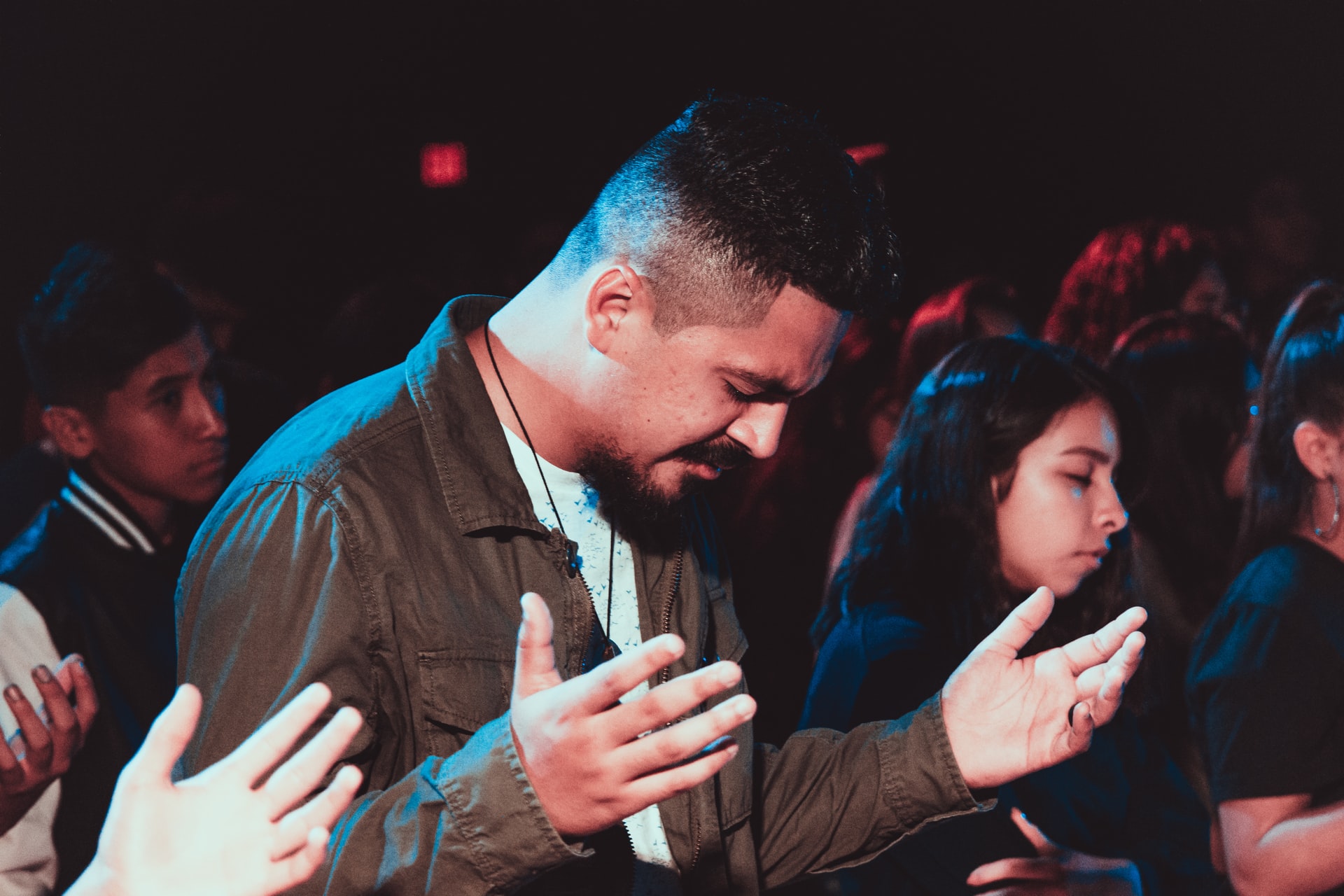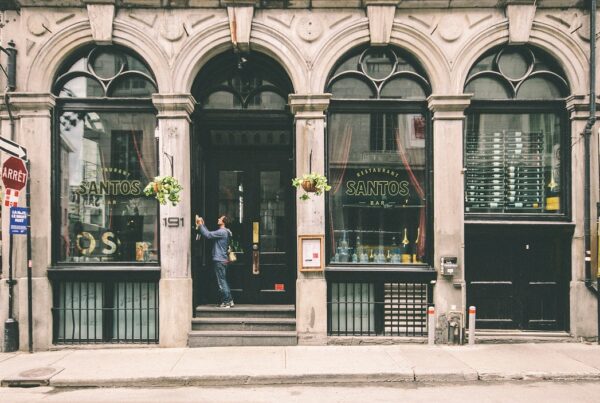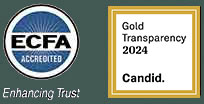I love our kids at Imago Dei Church. Each week I hear from many of these little rascals after the service, or through my stroll through the childcare area. Last week I asked the four-year-old girl beside me during our final song, “Do you like church?” She whispered back, “Not really, but I like the music.” I appreciated her honesty!
Other kids bring me pictures regularly—usually of me preaching with a pronounced beard and big Bible. I always like those. Recently, a six-year-old boy asked, “Pastor Tony, how do you pray those long prayers?” I replied, “Well, I love praying for our people.” To my surprise, he said, “I love it when you do that.”
I didn’t used to pray the traditional “pastoral prayer” in the early days of our church plant. By pastoral prayer, I mean an extended time of thanksgiving and intercession. I prayed—sincerely—but it wasn’t until the last few years that I began to make this a priority. Now I often say, “I look forward to the pastoral prayer more than the pastoral sermon.”
My pastoral prayer includes the following: a prayer of thanksgiving followed by prayer for all ages and stages of people; for all kinds of physical and spiritual needs in our church; for the children in our church; for the fatherless and others in affliction; for our city; for our nation; for our church planters and missionaries; and for significant crises—locally and globally. Pray longer than what’s standard in many churches and people will see that your primary goal is not to satisfy a customer, but to seek and exalt the Savior. Click To Tweet
I’ve learned a lot from Charles Spurgeon’s The Pastor in Prayer, a collection of his Sunday-morning prayers. (It was Spurgeon’s prayers, not his preaching, that most struck D. L. Moody on his first visit to Metropolitan Tabernacle.)
We all have our own liturgies in our services, and you may or may not have a place for extended prayer for the flock. But I’d like to offer six reasons why it has meant a lot to me—and to our church—to include this element in our weekly worship service.
1. It expresses gratitude to God and our need for him.
The pastoral prayer openly expresses our thanksgiving to God for his grace, and our absolute desperation for him to come and work in us that which is pleasing in his sight (Heb. 13:20–21).
We’re not praying to put on a show, for we know Jesus rebukes phony prayer (Matt. 6:7). We’re praying because we want to acknowledge his steadfast love, and confess that unless the Lord builds the house, those who build it labor in vain (Ps. 127).
2. It expresses love for God’s people.
The pastoral prayer is also a way for me to express care for God’s people. It’s been said, “He who loves me most, loves me in his prayers.” Praying for everyone, especially groups of people often neglected or alone in the church (singles, elderly, widows, grievers) helps them feel loved.
3. It explains the purpose of the gathering.
The pastoral prayer demonstrates that the Sunday service is not about entertaining or impressing people. Pray longer than what’s standard in many churches and people will see that your primary goal is not to satisfy a customer, but to seek and exalt the Savior.
Hopefully, they’ll sense that something is different about your assembly. Good. Don’t give the impression that prayer is of marginal importance or that it’s something reserved for smooth transitions in the flow of worship. As Mark Dever pointedly says, “Devote so much time to prayer in church that nominal Christians will grow bored talking to the God they only pretend to know.” Praying for everyone, especially groups of people often neglected or alone in the church (singles, elderly, widows, grievers) helps them feel loved. Click To Tweet
4. It engages God’s people and teaches them how to pray.
The pastoral prayer is a great way to engage the flock, guiding them into prayer. I often say, “I’m going to pray now, but I want you to pray with me.” I think the sweetest sound I hear on Sunday morning is people agreeing with me and one another in prayer.
Further, this prayer time models thanksgiving and intercession. Many of our folks did not grow up hearing a father, mother, or pastor praying for them regularly. Because one of the main ways we learn to pray is by hearing others pray, this corporate prayer may have a great effect on believers’ ongoing discipleship.
5. It emphasizes your theology and mission.
The pastoral prayer effectively reinforces your theology and mission. You show what you really believe by how you pray. So teach and train people through careful, Bible-driven prayer. Express your missional vision through prayer as well.
6. It engages unbelievers.
Finally, the pastoral prayer motivates unbelievers to consider deep questions of faith. Hearing your heartfelt prayer helps them realize you know they’re present, and that the service isn’t just about believers. You communicate your desire for them to experience God’s grace, not just endure a service. As our little ones grow up, I know they won’t remember a lot of my sermon points, but I do hope they’ll remember their pastor praying for them each week. Click To Tweet
This extended prayer time has been a tremendous blessing to me and to our church, and I aim to keep doing it and hope to get better at it. As our little ones grow up, I know they won’t remember a lot of my sermon points, but I do hope they’ll remember their pastor praying for them each week. And hopefully, they’ll mature into bold intercessors who love God and love praying for his people.










